Archives
- 2025-12
- 2025-11
- 2025-10
- 2025-09
- 2025-04
- 2025-03
- 2025-02
- 2025-01
- 2024-12
- 2024-11
- 2024-10
- 2024-09
- 2024-08
- 2024-07
- 2024-06
- 2024-05
- 2024-04
- 2024-03
- 2024-02
- 2024-01
- 2023-12
- 2023-11
- 2023-10
- 2023-09
- 2023-08
- 2023-07
- 2023-06
- 2023-05
- 2023-04
- 2023-03
- 2023-02
- 2023-01
- 2022-12
- 2022-11
- 2022-10
- 2022-09
- 2022-08
- 2022-07
- 2022-06
- 2022-05
- 2022-04
- 2022-03
- 2022-02
- 2022-01
- 2021-12
- 2021-11
- 2021-10
- 2021-09
- 2021-08
- 2021-07
- 2021-06
- 2021-05
- 2021-04
- 2021-03
- 2021-02
- 2021-01
- 2020-12
- 2020-11
- 2020-10
- 2020-09
- 2020-08
- 2020-07
- 2020-06
- 2020-05
- 2020-04
- 2020-03
- 2020-02
- 2020-01
- 2019-12
- 2019-11
- 2019-10
- 2019-09
- 2019-08
- 2019-07
- 2018-07
-
Insulin de sensitization has been observed in the brains of
2022-05-19
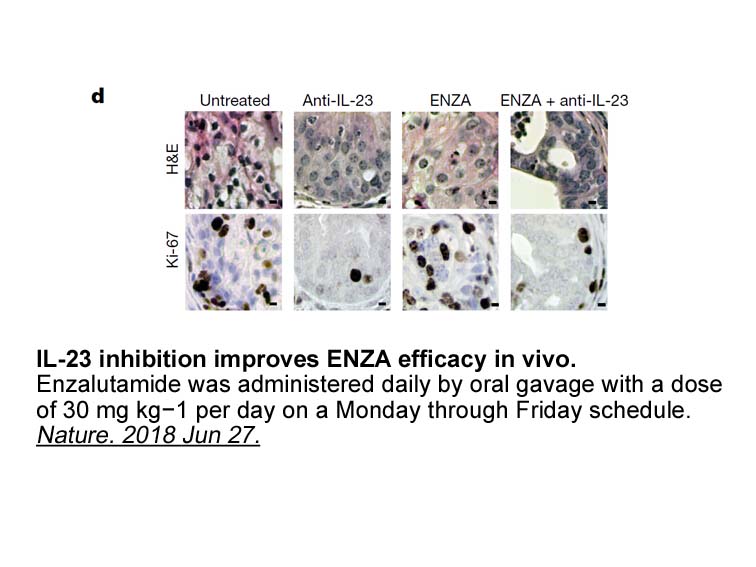
Insulin de-sensitization has been observed in the brains of people with AD [51], [52], [53] and we previously demonstrated that the GLP-1 analogue liraglutide was able to reverse this [54]. Importantly, ionomycin insulin de-sensitization correlates well with cognitive decline [15], [55] and with ta
-
Polymerisation of HbS initiates the clinical
2022-05-19

Polymerisation of HbS initiates the clinical complications of SCD (Bunn and Forget, 1986). The resulting sequelae are multiple and diverse, and their individual impact on pathogenesis is difficult to elucidate. Early changes include altered red cell membrane permeability (Gibson and Ellory, 2002, Le
-
Analgesic activity was evaluated by measuring
2022-05-19

Analgesic activity was evaluated by measuring tail flick latencies to the immersion of rat’s tail in water, maintained at ∼51°C [18] after recovery from anesthesia. Typically, rats were immobilized inside a restrainer, leaving only the tail exposed, which was then immersed into the hot water bath, a
-
br Experimental section br Results and discussion
2022-05-19
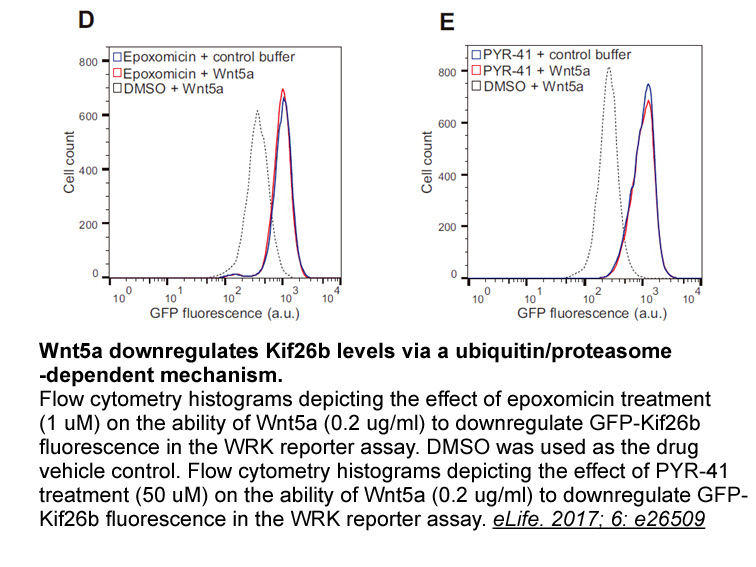
Experimental section Results and discussion Conclusions To summarize, the act of conjugating a ASC ligands to a Ru(II) polypyridyl subunits resulted in a class of excellent DNA binders. A comparison of the DNA binding abilities of the free ASC ligand and the complexes, has revealed that the
-
br Medium to long chain
2022-05-19

Medium- to long-chain fatty acids Medium- to long-chain fatty acids impart a wide range of physiological effects. Medium-chain and long-chain fatty acids have 6–12 carbons and >12 carbons, respectively. As the energy source, these fatty acids are supplied primarily by food intake, biosynthesis, a
-
Torin 2 In the present studies we found that
2022-05-19

In the present studies, we found that genistein did not antagonize fMLF-induced Ca2+ mobilization in FPR1-HL60 Torin 2 and human neutrophils. Thus, the previously reported inhibitory effect of genistein on fMLF-stimulated degranulation, aggregation, and reactive oxygen species (ROS) production in h
-
Tail group SAR of the imidazole derived
2022-05-19
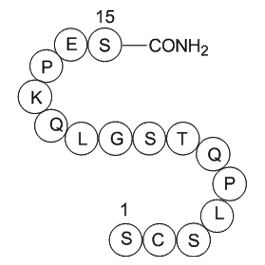
Tail group SAR of the imidazole derived analogs is shown in . The previous SAR study from the discovery of AMG 837 revealed that a simple un-substituted meta-biphenyl tail group was less favorable in terms of potency. Efforts to introduce polarity to the tail group were not successful. When a methyl
-
Materials and methods br Results
2022-05-19

Materials and methods Results and discussion Acknowledgments This work was supported in part by the Japan Society for the Promotion of Science KAKENHI Grants JP21300174 and JP25282144 (H.K.). Introduction Epigenetic modifications of histones, such a lysine acetylation, play a key role in
-
br Introduction br The histaminergic system in the
2022-05-19
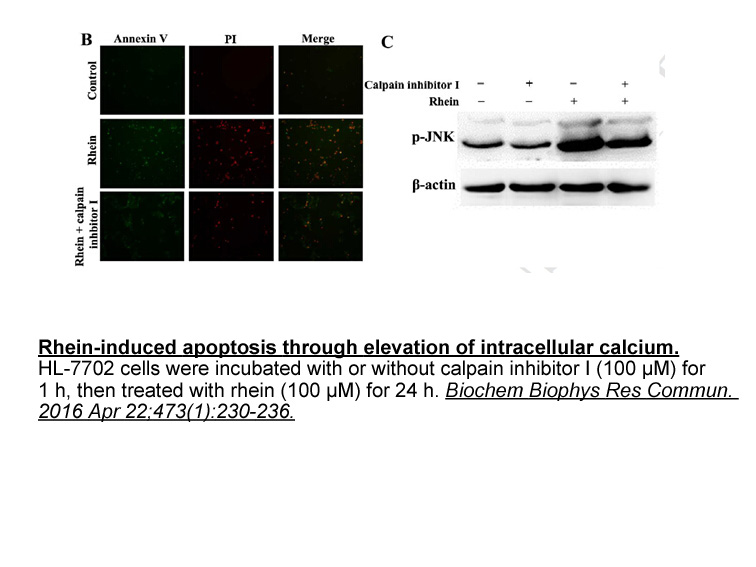
Introduction The histaminergic system in the central nervous system The Famprofazone synthesis is continually processing information through aminergic systems present in the mammalian CNS such as the serotonergic, dopaminergic, noradrenergic and histaminergic systems which function by project
-
Sephin1 Diabetes and atherosclerosis are paralleled by impai
2022-05-19
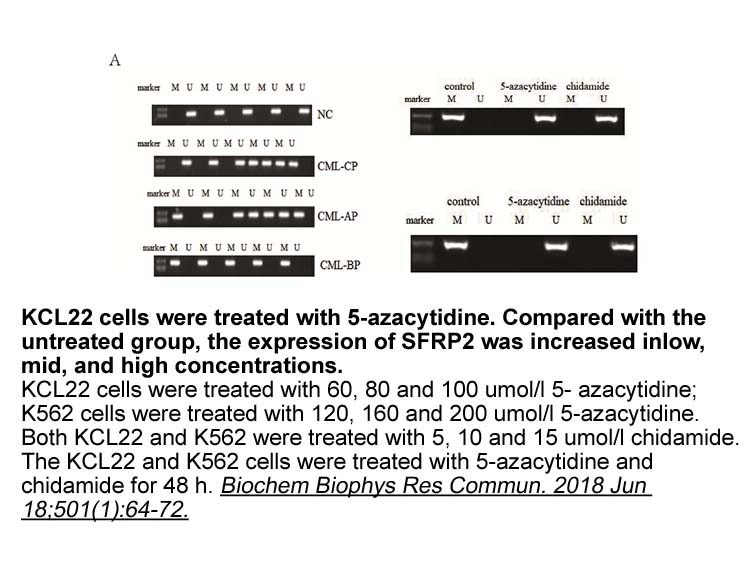
Diabetes and atherosclerosis are paralleled by impaired wound healing and endothelial angiogenesis in the periphery, which cause severe complications and mainly occur as a result of the elevated circulating levels of glucose and free fatty acids. Yuan et al. recently showed that palmitic Sephin1 ind
-
The following are the supplementary data related
2022-05-19

The following are the supplementary data related to this article. Transparency document Introduction Hypoxia is a pathological process that causes abnormal changes in metabolism, function and morphological structure of tissue because of insufficient oxygen supply. It's reported that hypoxia w
-
Thus regardless of its specific function PTC is associated
2022-05-19
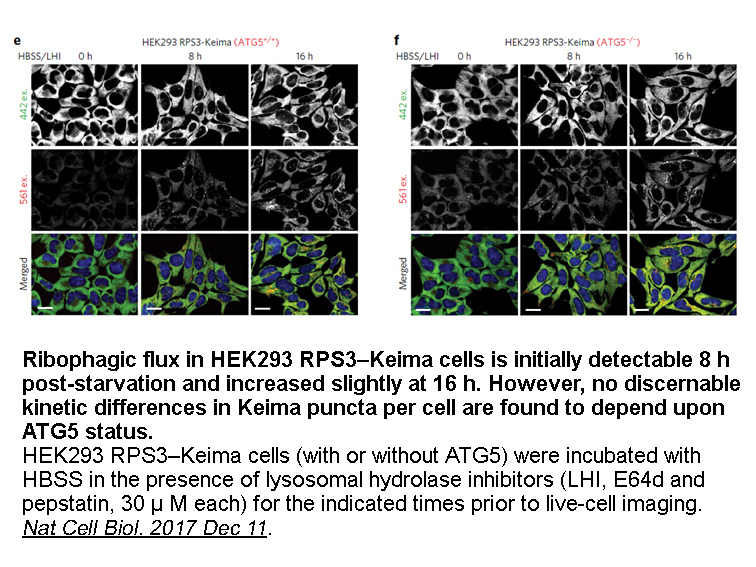
Thus, regardless of its specific function, PTC52 is associated with plastid activity. During arbuscular mycorrhizal symbiosis, elongated plastids, which are interconnected through thin, tubular plastid projections called stromules, proliferate in arbuscule-containing root cortex cells (Fester et al.
-
Treatment and control for IBD are targeted to identify and
2022-05-19
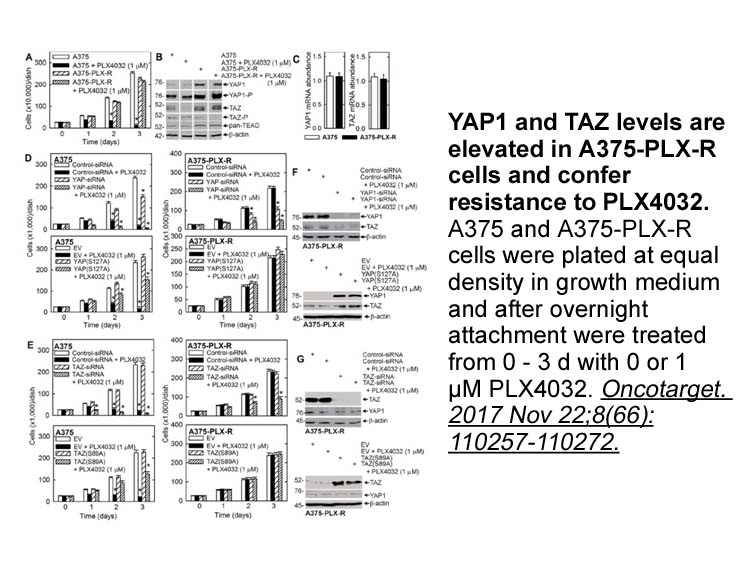
Treatment and control for IBD are targeted to identify and eliminate the cause if possible, decrease intestinal inflammation, reduce diarrhea and vomiting, improve appetite, and promote weight gain. Methods include dietary manipulation with or without concurrent medical therapy such as corticosteroi
-
Beckman Coulter s DxN VERIS Molecular
2022-05-18
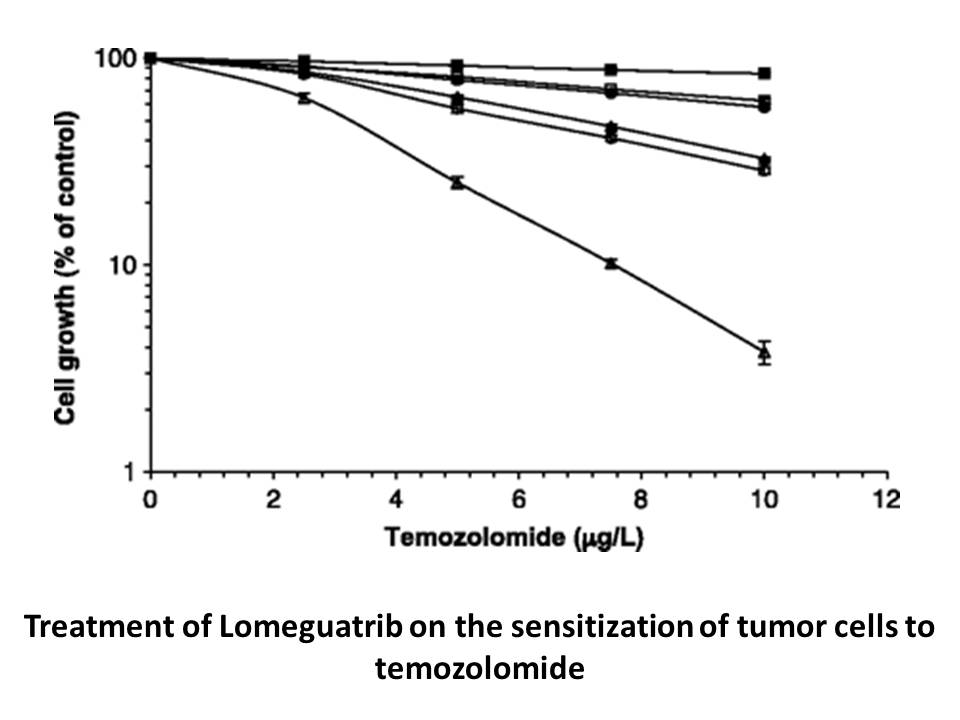
Beckman Coulter’s DxN VERIS Molecular Diagnostics System (DxN VERIS System) is a fully automated system for the quantitative analysis of molecular targets, integrating sample introduction, nucleic apexbio calculator extraction, reaction set-up, real-time PCR amplification and detection using TaqMan®
-
Membrane based integrative treatment processes emerge as pot
2022-05-18
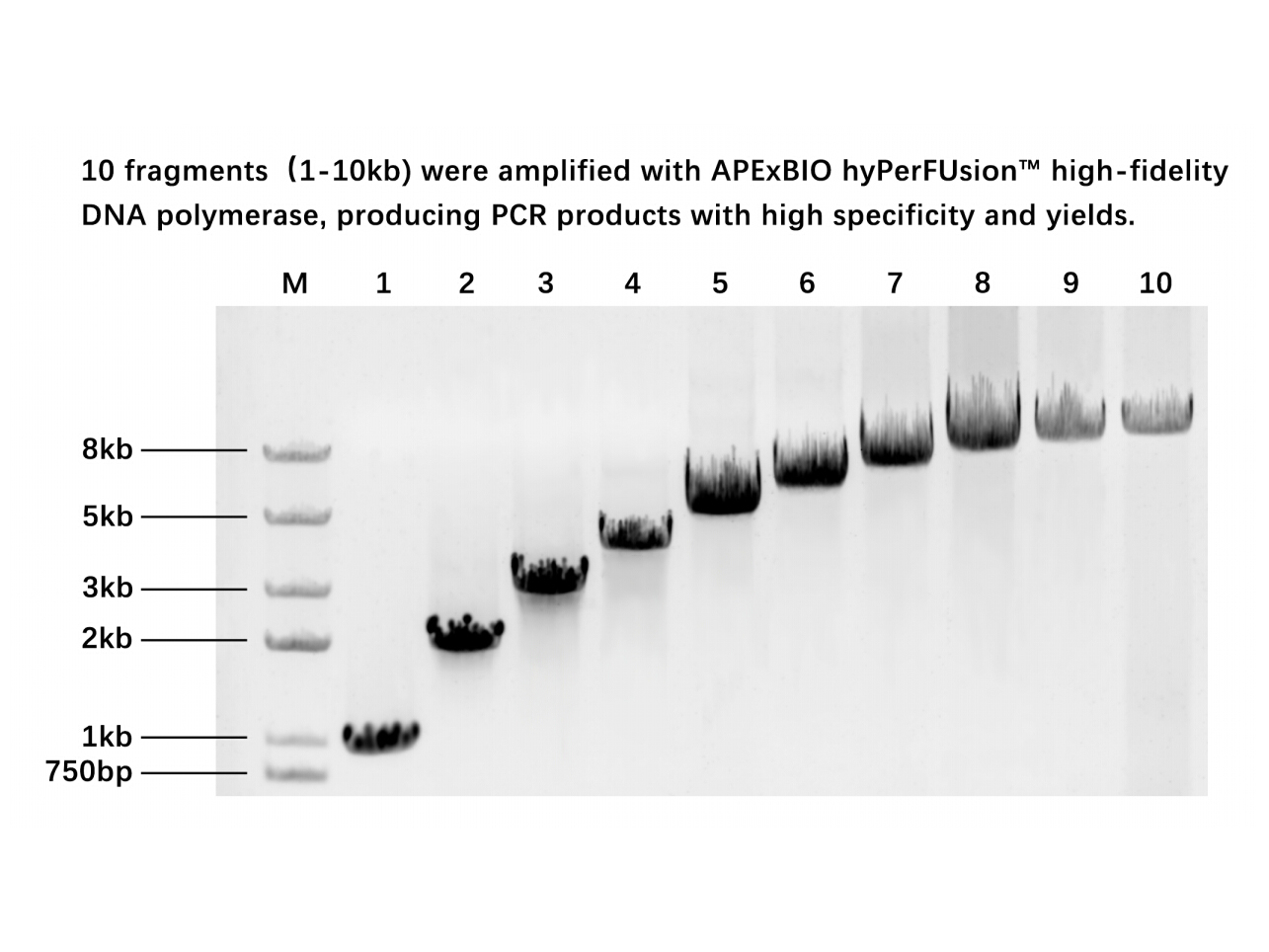
Membrane based integrative treatment processes emerge as potential solution compared to the conventional techniques. Gisi et al. (2009) presented a treatment scheme for tannery wastewater consisting of a biological pre-treatment and then a polymer as coagulant followed by reverse ON123300 with a pla
15356 records 467/1024 page Previous Next First page 上5页 466467468469470 下5页 Last page